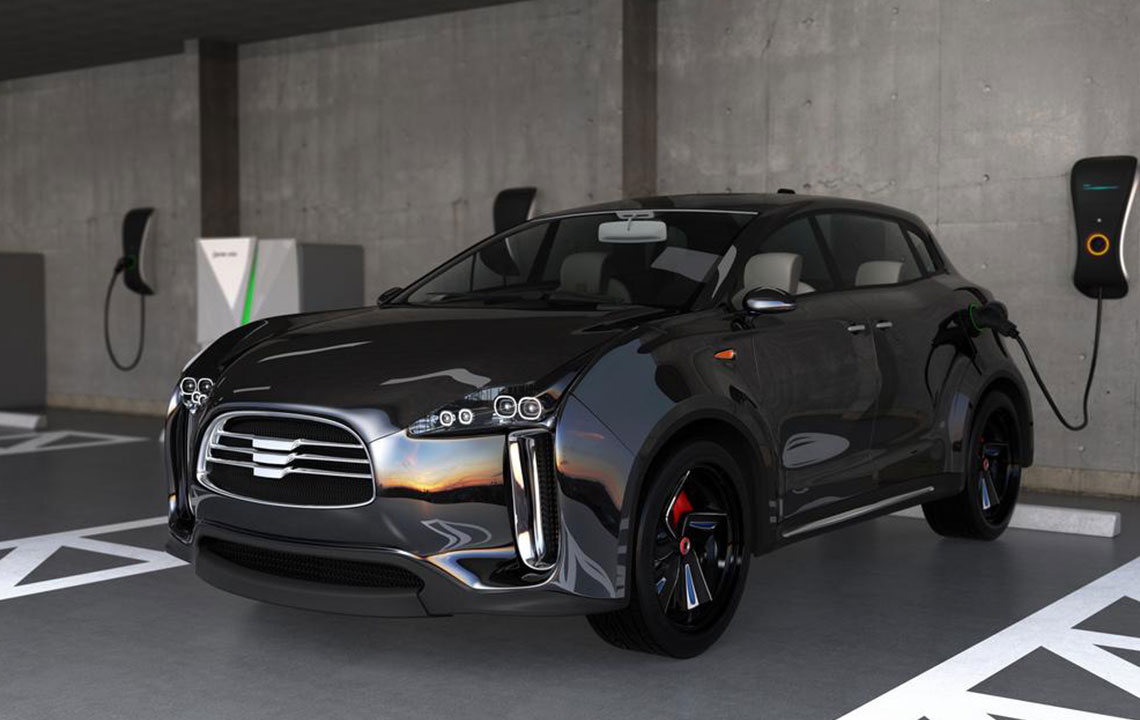New electric crossover SUV’s to arrive in 2020
Automakers are seeing the fall in the sales of sedans, so they are concentrating on getting out electric SUV’s four short years from now. This is the strategy of automakers as electric cars have yet to gain traction, accounting for just 1% of the global auto sales. They feel that bringing out more electric SUV’s will trigger the demand in the auto market. Let’s scroll down and take a look at the electric SUV’s that are due to make its debut in the year 2020:
- Jaguar I-Pace: The I-Pace can drive up to 220 miles on a single charge and can accelerate to 60 mph in just 4 seconds.

The price of the Jaguar I-Pace has not yet been released, but it will fall under the luxury SUV category. It comes equipped with two touch screens and a virtual screen that can be controlled using the buttons on the steering wheel. Mercedes EQ: This electric concept SUV of the Mercedes family can drive 310 miles on a single charge, and the production version of this crossover will start at $39,150. This concept SUV comes with a massive 24-inch display that exhibits the speed, battery charge, and other navigational information. Chevy Bolt: The Bolt boasts of a competitive range of 238 miles on a single charge and can hit 60 mph in less than 7 seconds.
It comes with a 10.4-inch touch screen display and an 8-inch virtual display acting as the driver’s instrument. Tesla Model X: The Model X is a luxury crossover SUV model offered by Tesla. The base Model X starts at $74,000 and can drive 237 miles on a single charge. All it takes is 6 seconds for it to accelerate to 60 mph. Automakers at Tesla are concentrating on producing the Model X with new hardware that improves Auto pilot’s capabilities. Audi e-tron Quattro: It comes equipped with three electric motors and can drive 310 miles on a single charge. It can also accelerate to 62 mph in 4.6 seconds but seats only four people.
Disclaimer:
The content provided on our blog site traverses numerous categories, offering readers valuable and practical information. Readers can use the editorial team’s research and data to gain more insights into their topics of interest. However, they are requested not to treat the articles as conclusive. The website team cannot be held responsible for differences in data or inaccuracies found across other platforms. Please also note that the site might also miss out on various schemes and offers available that the readers may find more beneficial than the ones we cover.

